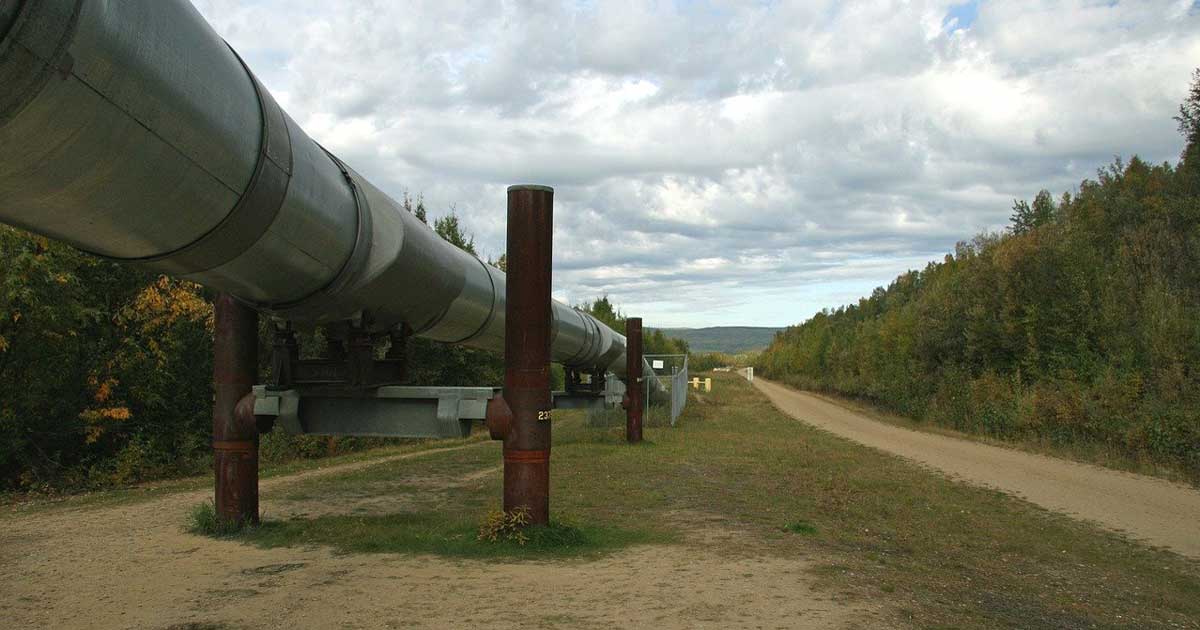When an odorant level in a natural gas stream depletes, it is “scrubbed,” resulting in odor fade. Odorant scrubbing causes safety issues as a person can no longer smell the natural gas odorant. What are the causes of scrubbing and odor fade?
 Why can’t I smell natural gas?
Why can’t I smell natural gas?
In an earlier post, we share that the regulations base the odorant level in a natural gas stream on a person having a “normal” sense of smell. Did you know that prevalent factors may impede your ability to smell natural gas? Are you at risk? Visit Why can’t I smell natural gas?- to learn about the factors hindering the capacity to detect natural gas.
Aside from a perception concern, removing or scrubbing the odorant from the natural gas stream makes the gas odorless, which is a considerable safety hazard.
Natural Gas Odor Fade

If the odorant scrubs from the natural gas stream, it becomes odorless. Odor fade is a considerable safety hazard.
At times, circumstances in the natural gas distribution system can mask or decrease the odorant level. When there is a lack of odorant in gas, it is common for the gas company to turn to their odorizer and expect a malfunction. However, when the odorant is at the odorization source yet not at the delivery point (or is not as intense), it is likely that the odorant was scrubbed from the gas stream either by a chemical or physical process and is not an odorizer malfunction. Some in the industry may even refer to this occurrence as odor fade.
Physical Processes
Adsorption of odorant occurs when the molecules in gas attach to a surface (like a pipe wall) and no longer remain in the gas stream. It is routinely seen in the new pipe. It also happens when odorant molecules absorb (absorption) into gas liquids in a pipeline. In both situations, the gas becomes un-odorized and undetectable.
These are physical processes, and to combat the new pipe absorption issue, it is typical for gas companies to pre-odorize or saturate the new gas lines; this is called “pickling.”
Chemical Reactions
Chemical reactions can also convert the odorant into something else, therefore, removing it from the gas stream. For example, when mercaptan is oxidized, it turns into disulfide, which is less odoriferous than mercaptan. This change in chemical structure transforms the odorant into something that does not smell as strongly. Additionally, when air (which contains oxygen) is present in the pipe, the pipe itself may become re-oxidized forming iron oxide (rust) which can oxidize the mercaptan and create disulfide.
Another noteworthy mention is that if the gas has impurities, there is an increased potential for reactions. “Naturally odorized” gas usually contains sulfides and mercaptan, and together there is a potential for greater mercaptan oxidation and disulfide conversion.
Whether a chemical or physical process, odor fading occurs with mercaptan adsorption on iron oxide layers inside pipelines. It is affected by pressure, temperature, the level of rust, and the gas flow rate. The more rust in a pipe and the higher the pressure and temperature, the more mercaptan is adsorbed, and therefore more scrubbing, or odor fade occurs. Also, the lower the gas flow rate and lower the odorant concentration can increase mercaptan adsorption.
In our next post, we discuss how natural gas distributors counter the physical aspects of adsorption in new pipelines through the process of pickling.


How can I test my workers to demonstrate they detect the odor